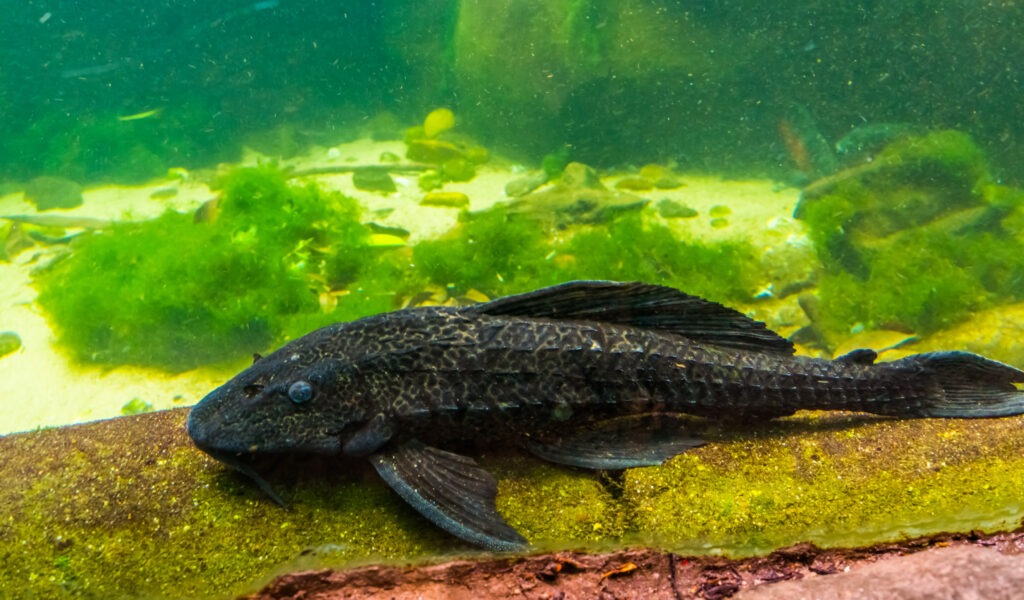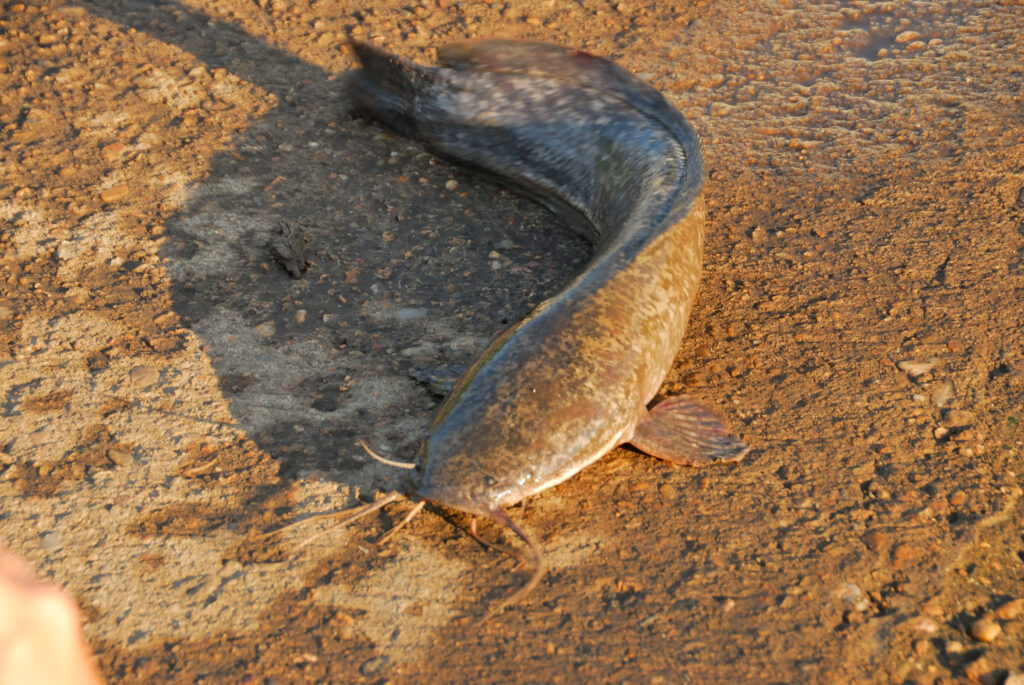The fish species swimming around in our lakes, rivers, seas and oceans all have unique adaptations, quirks and characteristics. Some can camouflage to protect them against predators, while others have streamlined anatomy, making it easier for them to move quickly through the water. But one adaptation you might not know about is that some fish have developed the ability to survive outside of water. Here, we’ll be exploring some characteristics of the small number of fish with this special skill, how it works for them and why they might have developed it.
Can fish breathe out of water?
While not all fish can breathe out of the water, a few select species do have this ability. The majority of fish that can breathe out of the water are typically classified as amphibian fish and have usually developed unique characteristics that help them breathe and even move around above the water’s surface and on land.
How long can fish survive out of water?
The length of time that fish can survive out of the water can depend. Some can breathe out of water for up to a few hours, while others might be able to stay out of the water for days at a time without any breathing issues.
Examples of fish that can survive out of the water are swimming around below…
Which fish can breathe out of water?
Plec
The plec (Hypostomus plecostomus) is a bony catfish species mostly found in South America but can also be seen in Central American waters because hobbyists have been releasing them there. Preferring freshwater and brackish habitats, they sometimes need to move based on the availability of prey and water levels, which is why they have developed the ability to stay out of water for up to 20 hours while they relocate. They have adapted to breathe through their skin and store air during periods when they’re out of the water.

At Tynemouth Aquarium, we’re lucky enough to house our own plec in our Mississippi River exhibit!
Mangrove rivulus
The mangrove rivulus (Kryptolebias marmoratus) typically lives in brackish pools, but when these dry up, or the fish are in pursuit of their prey, they can leave the water to hide in logs. They normally do this in groups. Impressively, they have been known to survive out of the water for up to 66 days, instead breathing through their skin and gills. Other adaptations also allow them to move around on land by launching, wiggling and pouncing.
Mudskipper
Mudskippers (Oxudercinae) are an amphibious fish that can move on land and water. Their time on land is for feeding, and they return to the water to reproduce and avoid predator attacks. Mostly found on the muddy shores of India, mudskippers can also be found in various other parts of the world, including swampland in East Africa and Madagascar, along with Southeast China and southern regions of Japan.
These creatures have many interesting adaptations, including being able to breathe through their gills and skin and having special pectoral fins that can double as legs for moving on land. Because of how they have evolved, they can stay out of the water for up to two days at a time.
Walking catfish
As the name suggests, walking catfish (Clarias batrachus) can move around outside of water. This Southeast Asian species prefers warm freshwater habitats, which is partly why they might have developed the ability to ‘walk’ out of the water. On land, they can cover quite a distance of up to three-quarters of a mile and won’t need to return to the water for up to 18 hours, giving them plenty of opportunity to find food or travel to a better habitat.

Arapaima
Arapaima (Arapaima gigas) are a freshwater species that can breathe out of the water, although they’re quite different from the other fish we’ve mentioned above. This is because these fish are categorised as obligate air breathers, which means they have to breathe air at certain intervals in order to survive. Typically, they can only stay underwater for 10 to 20 minutes, after which they need to return to the water’s surface to breathe. They have an adapted swim bladder that opens into the fish’s mouth and can act as a lung to help them breathe.
So, to answer our original question, some fish can survive and thrive outside of water, as proven by the creatures mentioned! If you’re interested in learning more about the animals in our seas and oceans, why not head to Tynemouth Aquarium for a fun-filled day out? Plan your next visit right here.
